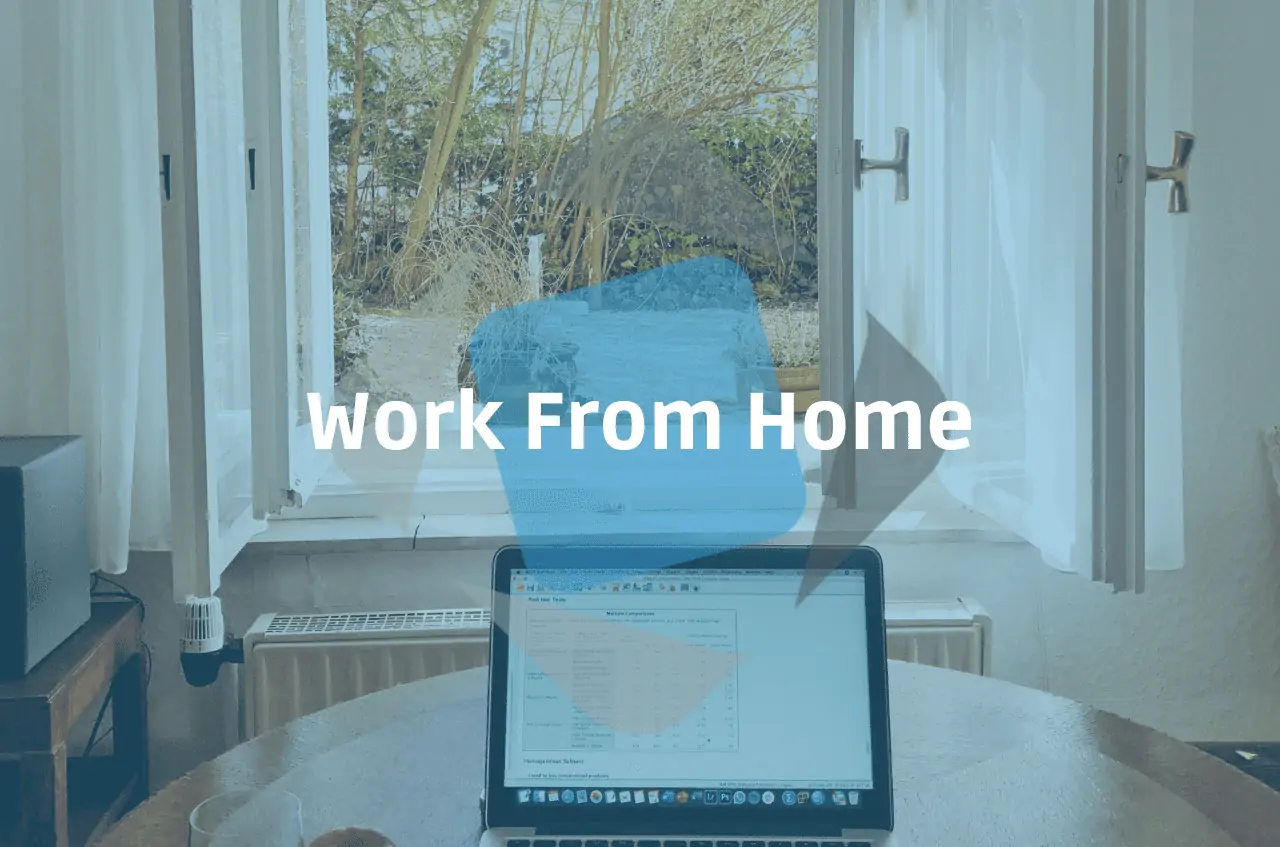When the COVID pandemic hit Australian shores, companies across the nation found themselves needing to exit the offices that had housed their teams, driven their culture, and influenced how work happened.
Transitioning from the office created an immediate challenge. Could work continue with the team dispersed across the nation, working from home (WfH)?
While some companies, ourselves included, could answer this with a resounding yes, others found the transition problematic.
The seamlessness of our transition allowed us to focus fully on client support. However, there were imminent shifts on the horizon which we quickly detected when the effects of the pandemic waned.
In this two-part mini blog series, I will share our experience, challenges, and learnings around establishing a Hybrid Working Policy across our mid-sized company. I hope this will provide you with some thoughts on what to do, and what not to do, before you take the leap into a hybrid working arrangement.
Our WFH journey
The Envisage team, like many of our clients, started working from home during the start of the COVID pandemic in about March 2020. We were able to easily blend into that model due to our cloud first thinking as a technology company.
This cloud first approach ensured we had the trinity of technology requirements needed to WfH already in place. Firstly, we could extend our security perimeter beyond the network at the office. Secondly, we could provide access to the data needed by our team from anywhere. Finally, we could access and communicate with each other to collaborate.
This setup allowed us to adopt an outward focus to support our clients who hadn’t needed that level of maturity before, but now needed it on an accelerated delivery.
The next few months were focused on working with our community of clients to deliver the day-to-day whilst navigating the uncertainty of the early-stage pandemic. As we started coming out of COVID and started seeing some certainty coming back into the market, a few challenges came to our attention. Not least of which was a need to have some certainty about how Working from Home would form a longer-term part of working life at Envisage.
Why implement a Hybrid Work policy?
Many experts have said that, since COVID hit in 2020, the world of work has irreversibly changed. In many industries it has become the norm for employees to expect their employer to offer flexible work arrangements, both in terms of when they work, and where they work. In recruiting talent over the last two years, it has certainly been an important element of the value proposition we required as an employer to compete for, and retain, the best in the pool of tech talent.
As with all policies, a Hybrid Work Policy helps gives clarity as to how the arrangement at your organisation works. There are several areas where different decisions need to be made:
- Will full remote be an option?
- Does it need to be the same days in the office each week?
- What sort of availability is required when WfH?
- What tools will the organisation provide to setup a home office?
- What space will the employee work from when in the office?
- How will the organisation ensure the work environment at home is suitable?
- How can the agreement be varied?
Developing our own hybrid policy
The growth of the Envisage team had lead to us engaging with the great Nikki Jenkinson from Common Goal Consulting to help us put structure around how we manage the lifecycle of our team.
A policy review had already highlighted the need to put certainty around Hybrid Work at Envisage. The policy was moved up the list of priorities as we rapidly began to run out of space in the office to house the burgeoning team.
Nikki helped us draft a policy that gave clarity to the questions outlined above and put in place a procedure for how we manage the process of approving Hybrid and Remote working arrangements on a case-by-case basis. Part of the trade-off the policy allowed us to achieve was the clarification of rights to a dedicated workspace in the office, solving our challenge of fitting everyone into our existing lease.
Whilst the policy was named for Hybrid work, we retained the option for people to work from the office and retain a dedicated workspace as, whilst the market is shifting towards flexible arrangements, it is by no means odd to have team members who still like the separation of work and home life through different physical spaces for each.
We also had projects to implement the tools required to make working to the policy easy in the later stages of their Proof of Concepts; Forms amplified by Power Automate for approvals and Teams Shifts for day to day location visibility.
It was just before we were ready to roll out that we realised that we had a blind spot.
When there is a substantial shift required to achieve a change, the decision has gravity. It draws in attention and pulls toward it all the factors that need consideration.
The fact that we didn’t have to re-architect our technology and workflows to move to a hybrid working model reduced the barrier to implementing it. For Envisage it reduced it to such a low level that it didn’t pull in the full range of factors for consideration. It was framed as a low impact change, when, in reality, it means evaluating everything when it comes to our cultural norms.
As part of that process, we really needed to shift our question from “’How do we put certainty around working from a range of locations?’ Up to the higher order question ‘How do we adjust to a hybrid organisation that was once built on its strong office culture?’






